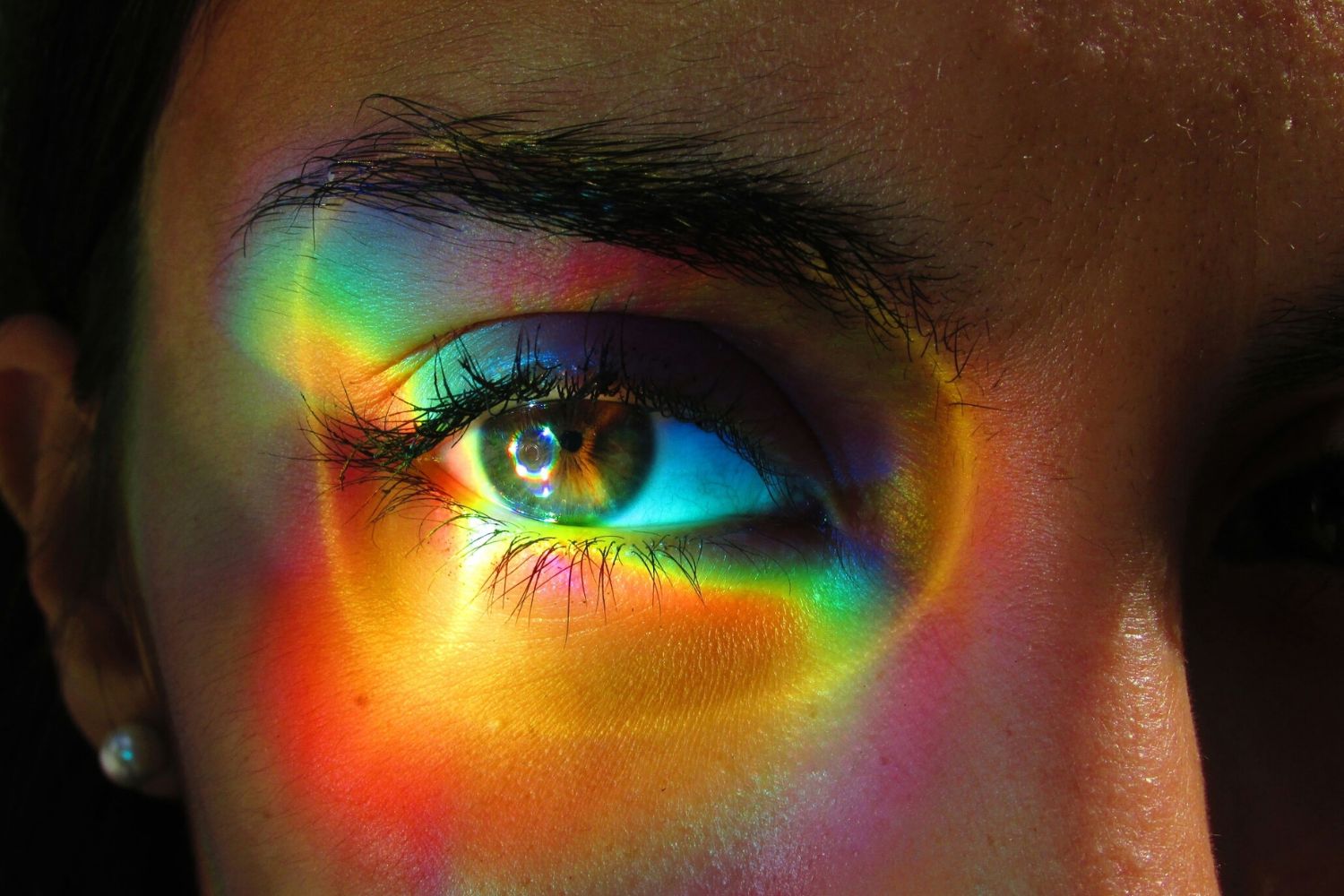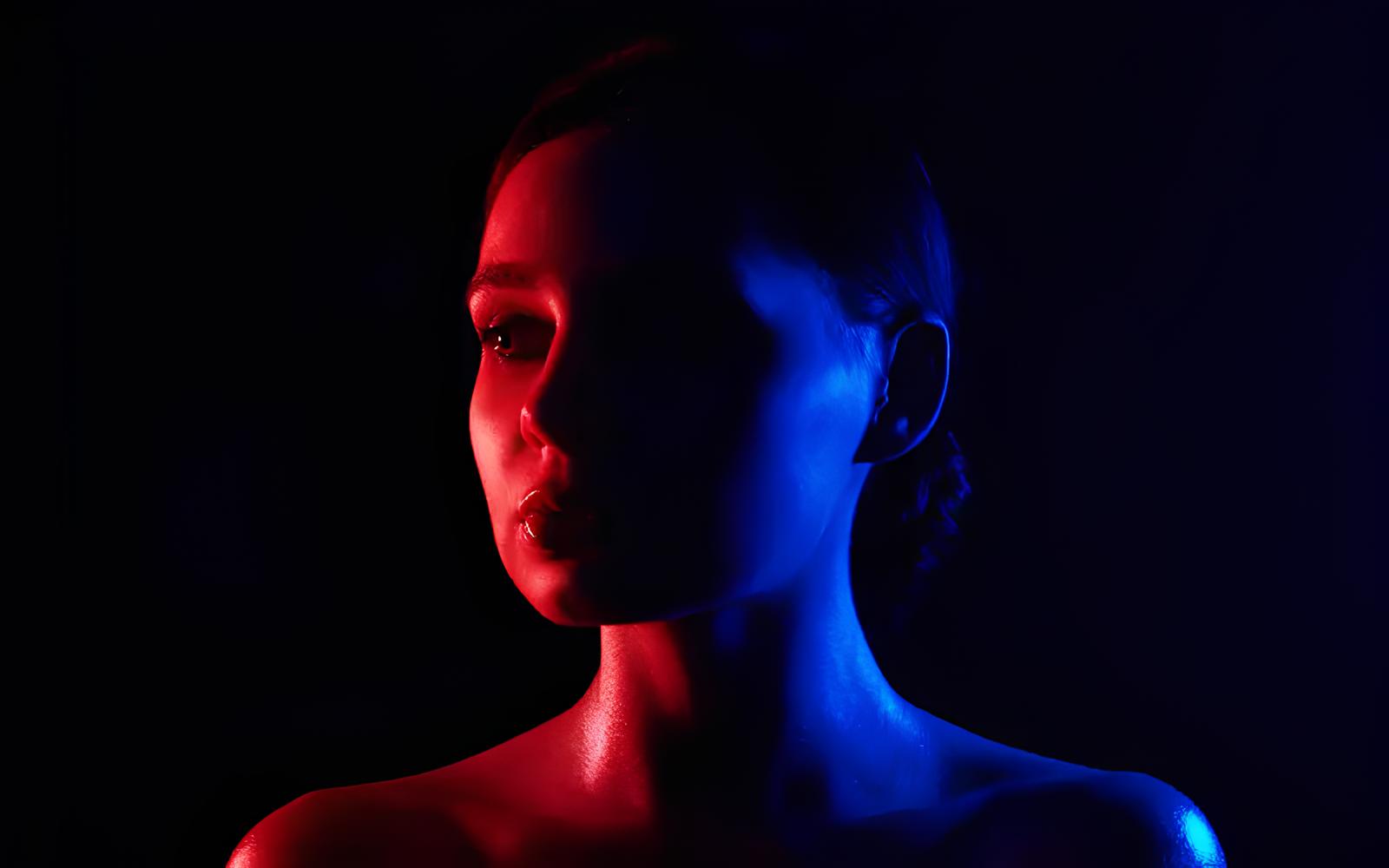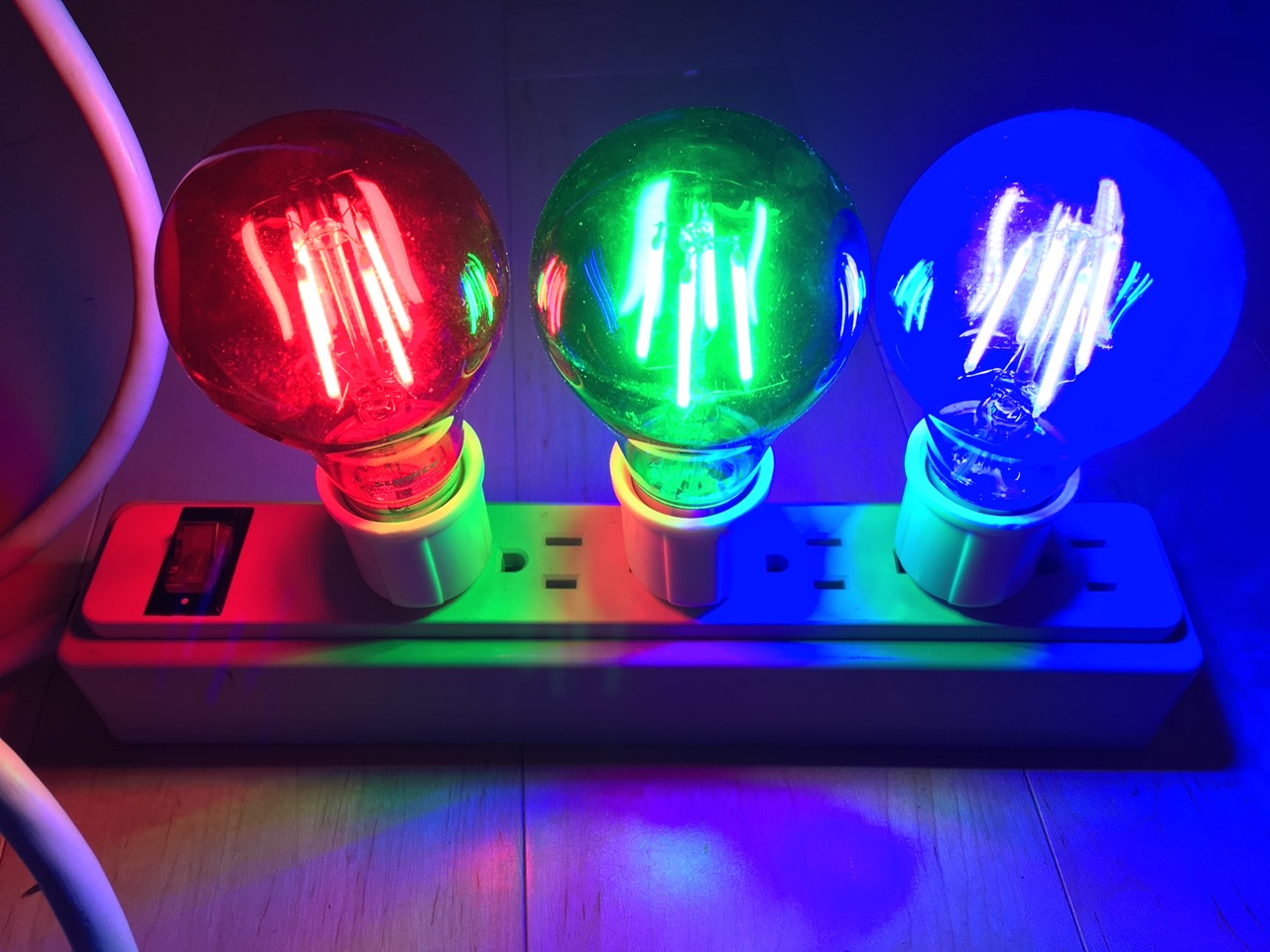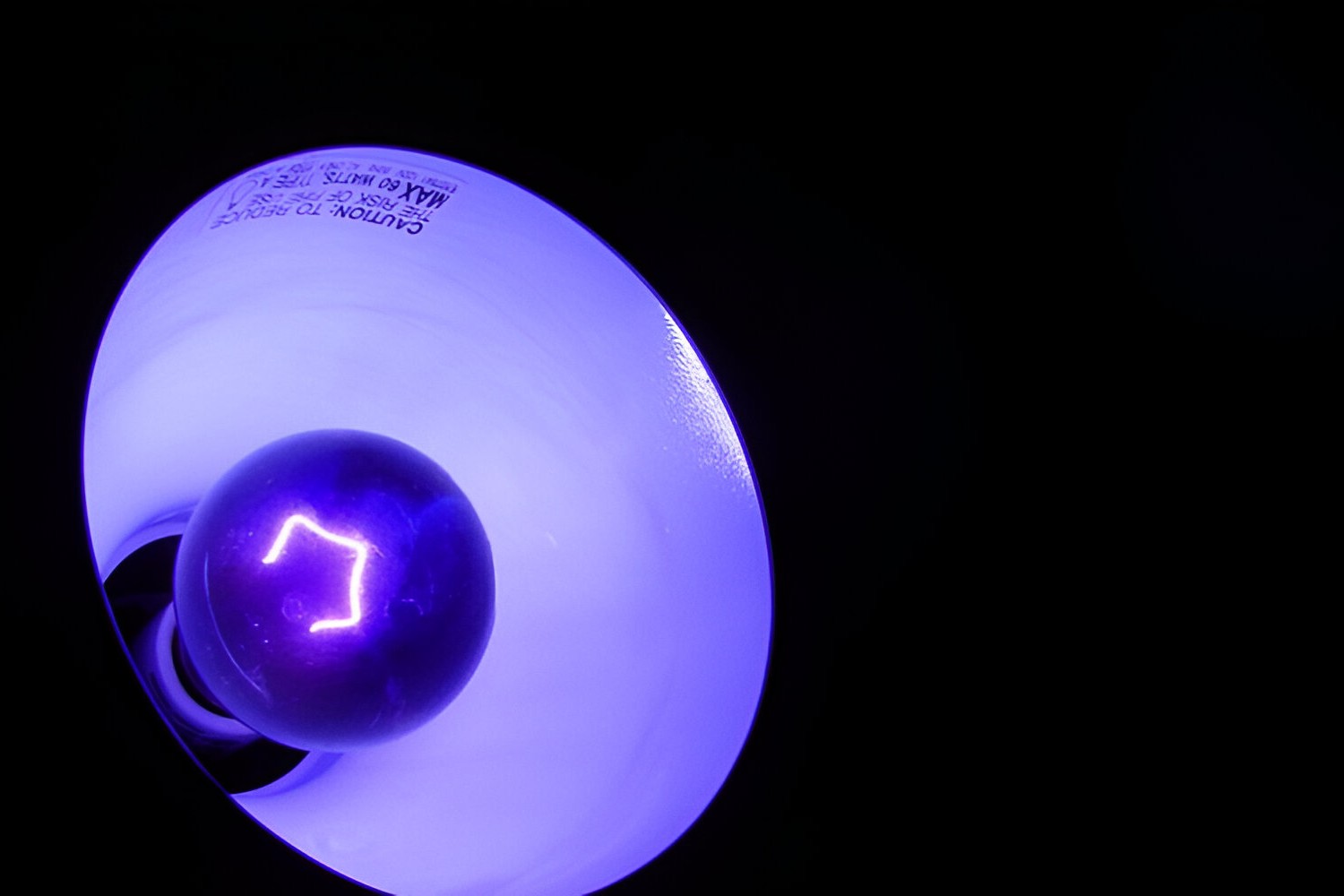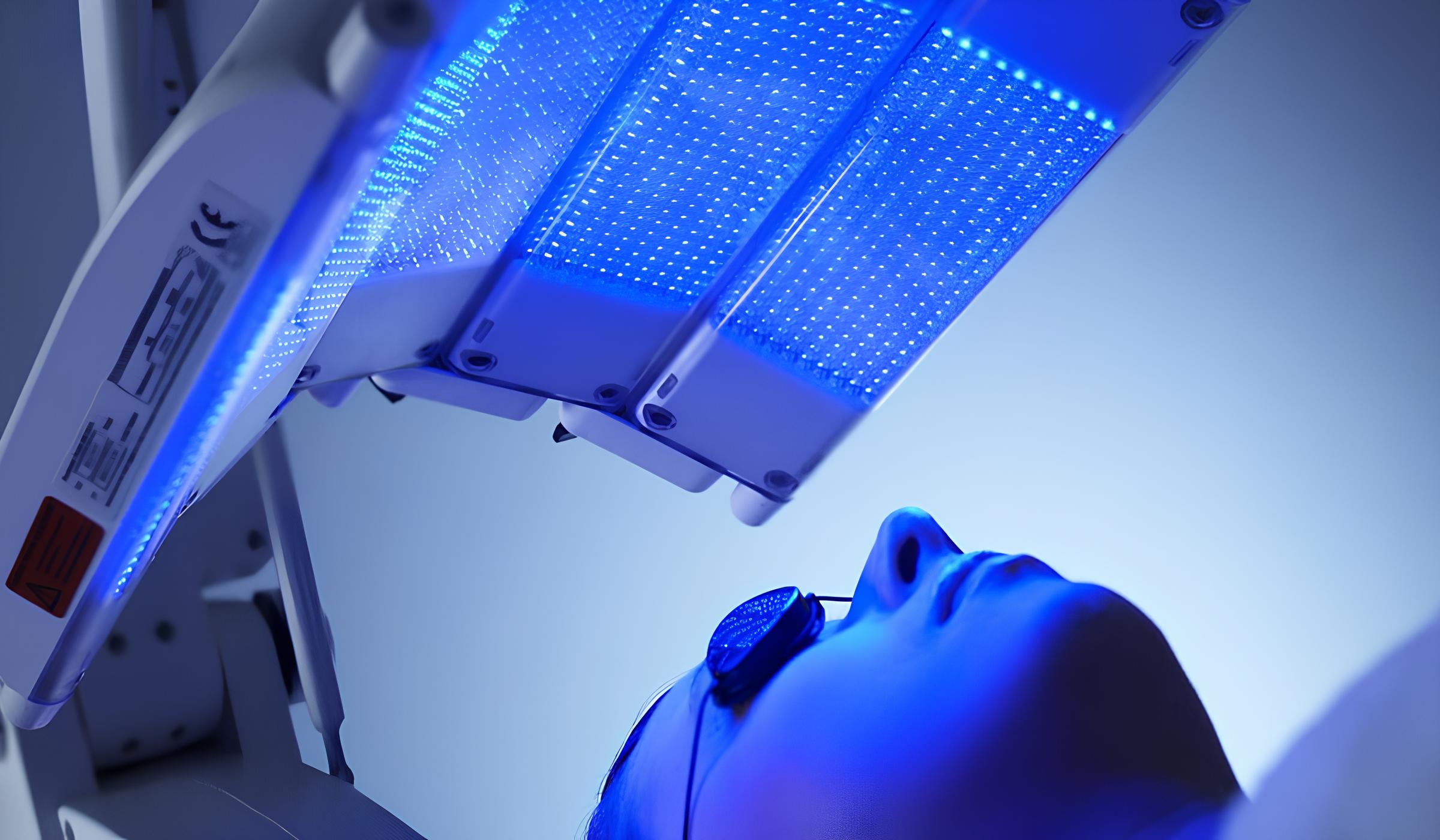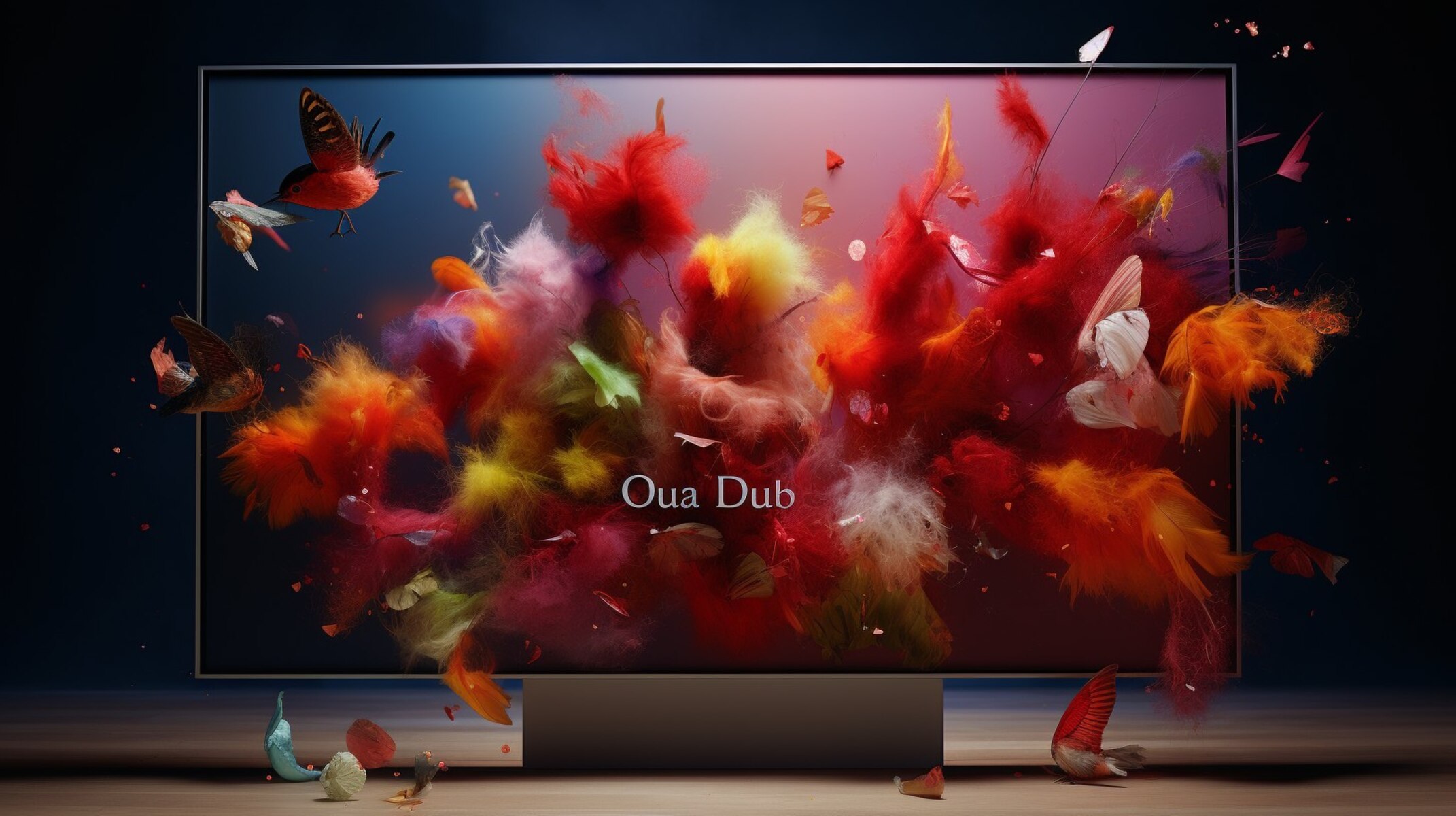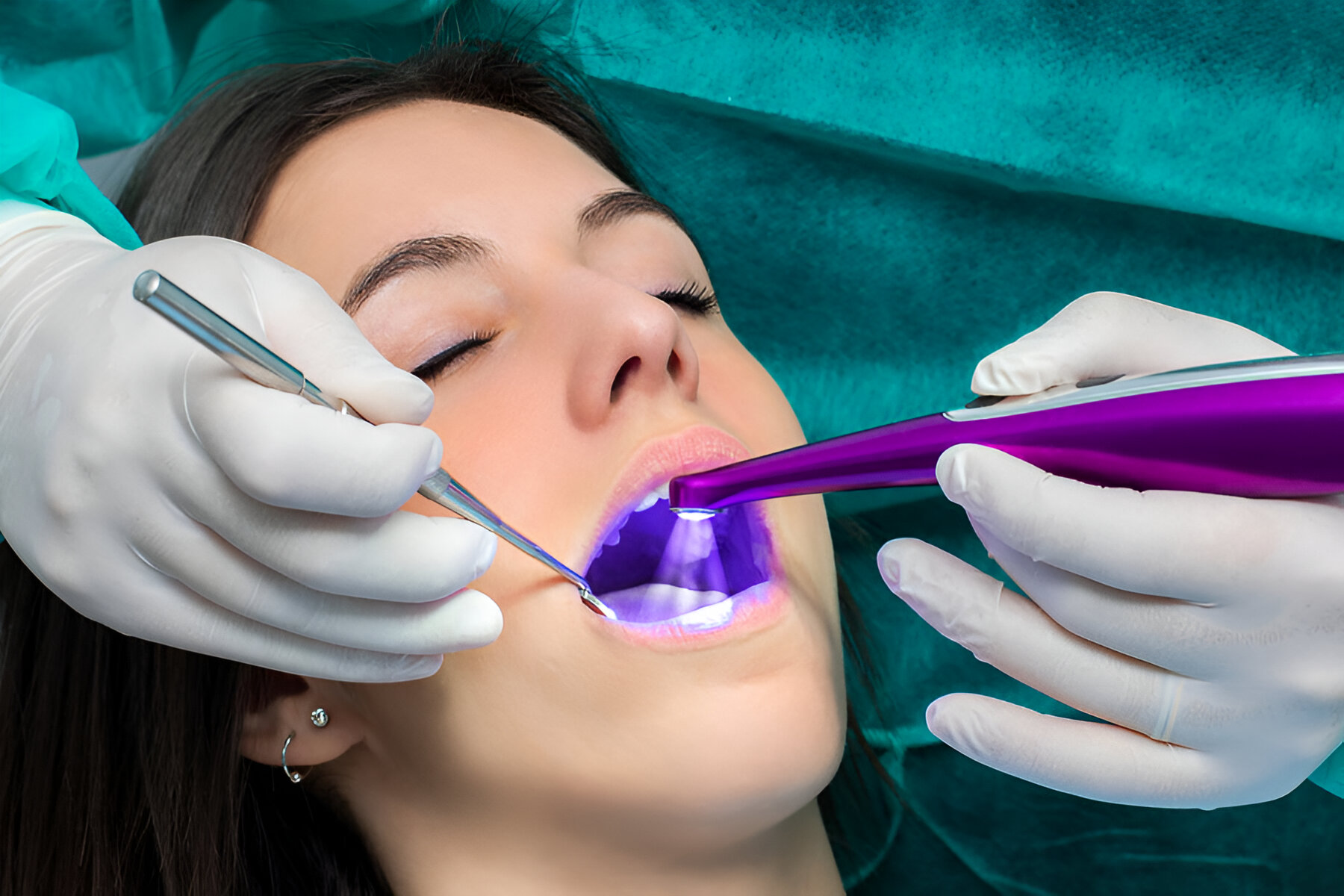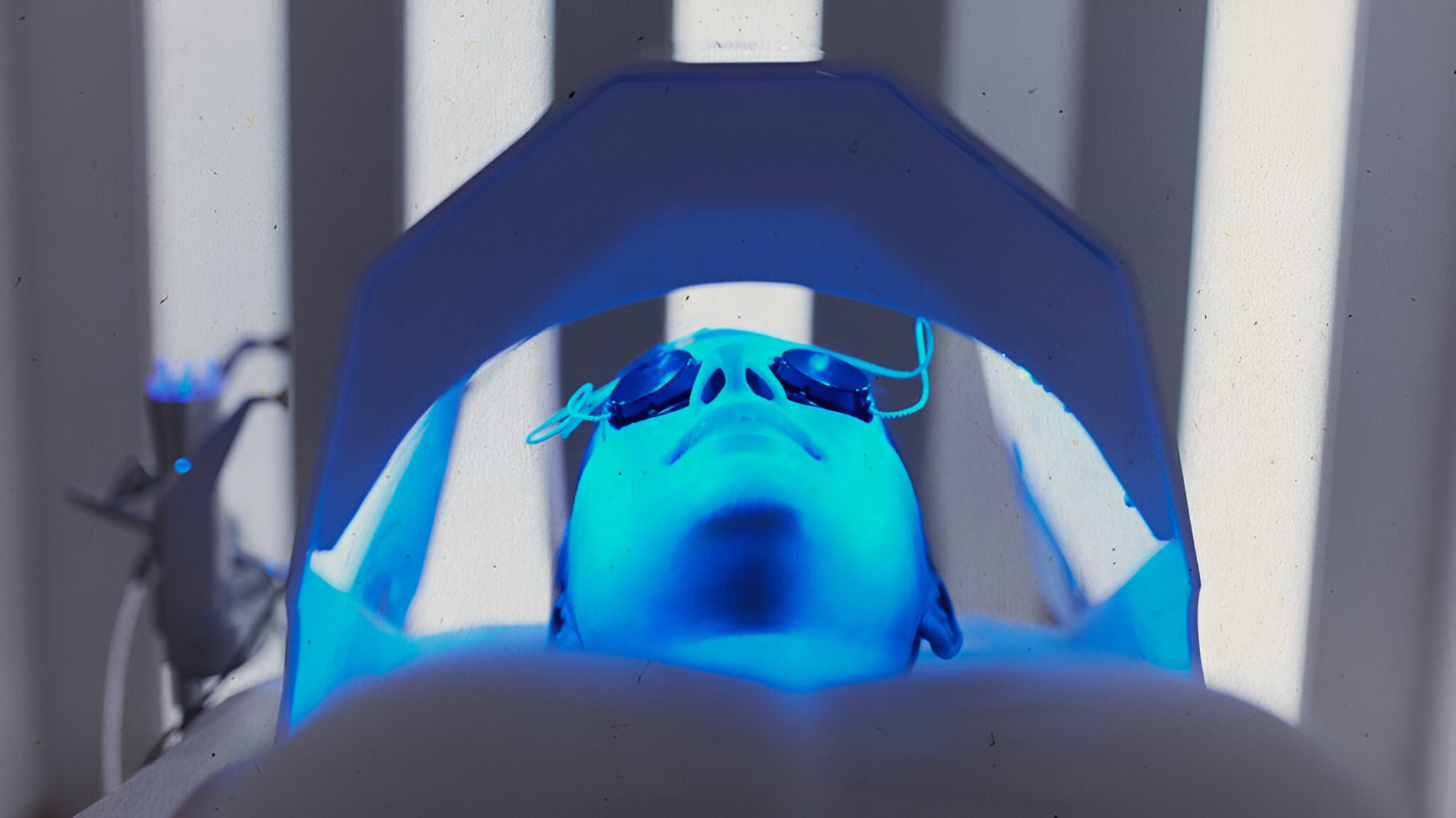Introduction
In today's digital age, where technology is an integral part of our daily lives, the concept of light extends far beyond its traditional illumination role. Light, specifically blue light, has garnered significant attention due to its pervasive presence in our environment and its potential impact on human health. As we delve into the intricate world of blue light, it's essential to understand its nature, sources, and effects, shedding light on its profound influence on our well-being.
The prevalence of digital devices, such as smartphones, tablets, and computers, has led to increased exposure to blue light. This has sparked conversations about the potential implications of prolonged exposure on our health, particularly concerning sleep patterns and eye health. By unraveling the mysteries of blue light, we can gain a deeper understanding of its properties and its interaction with the human body.
As we embark on this journey to explore the nuances of blue light, it's crucial to recognize the multifaceted nature of light itself. Beyond its perceptible illumination, light encompasses a spectrum of wavelengths, each with distinct characteristics and effects. Blue light, with its shorter wavelength and higher energy, holds a unique position within this spectrum, making it a subject of scientific inquiry and public interest.
In this comprehensive exploration, we will delve into the origins of blue light, its presence in natural and artificial sources, and the potential ramifications of its exposure on human physiology. By navigating the complex interplay between blue light and our biological rhythms, we aim to shed light on the intricate relationship between technology, light, and human health.
Join us as we embark on an illuminating journey into the captivating realm of blue light, unraveling its mysteries and uncovering the profound implications it holds for our modern way of life.
What is Blue Light?
Blue light is a prominent component of the visible light spectrum, characterized by its short wavelength and high energy. It is part of the spectrum of light that is visible to the human eye, ranging from approximately 380 to 500 nanometers in wavelength. This places blue light on the higher energy end of the visible light spectrum, positioning it alongside violet light.
The distinctive blue hue of this light is a result of its relatively shorter wavelength, which triggers specific photoreceptors in the human eye. These photoreceptors, known as blue cones, are sensitive to shorter wavelengths of light, enabling the perception of the color blue. This phenomenon contributes to the prevalence of blue light in our visual environment, from the radiant blue skies to the vibrant hues of digital screens.
Beyond its presence in natural phenomena, blue light also emanates from a variety of artificial sources, including LED lighting, computer screens, smartphones, and other digital devices. The widespread adoption of these technologies has led to increased exposure to blue light, prompting concerns about its potential impact on human health.
In addition to its prevalence in everyday surroundings, blue light plays a crucial role in regulating our circadian rhythms, influencing our sleep-wake cycles and overall well-being. Exposure to blue light, particularly during the evening hours, can disrupt the body's natural production of melatonin, a hormone essential for sleep regulation. This disruption can lead to difficulties in falling asleep and obtaining restful sleep, ultimately affecting our overall health and cognitive function.
Understanding the nature of blue light is essential for comprehending its effects on human physiology and the implications of prolonged exposure. As we unravel the intricacies of blue light, we gain insight into its pervasive influence on our daily lives and its potential ramifications for our well-being.
In essence, blue light encompasses a vital segment of the visible light spectrum, characterized by its distinctive properties and far-reaching impact. By delving into the nature of blue light, we lay the foundation for exploring its multifaceted interactions with technology, human biology, and the modern lifestyle.
Sources of Blue Light
Blue light emanates from a diverse array of sources, encompassing both natural phenomena and artificial technologies. Understanding the sources of blue light is crucial for discerning the extent of our exposure and its potential implications on human health.
Natural Sources
The most prominent natural source of blue light is the sun, which emits a broad spectrum of light, including blue wavelengths. The sky's vibrant blue hue during daylight hours is a testament to the prevalence of blue light in natural illumination. Additionally, blue light is instrumental in regulating our circadian rhythms, helping to synchronize our internal body clocks with the natural day-night cycle.
Artificial Sources
In the modern era, artificial sources of blue light have become ubiquitous, primarily driven by the widespread adoption of LED lighting and digital displays. LED lighting, commonly used in household lighting, streetlights, and commercial settings, emits a significant amount of blue light. Similarly, digital devices such as smartphones, tablets, computer screens, and televisions emit intense blue light, contributing to prolonged exposure in our daily lives.
The proliferation of artificial sources has led to heightened concerns about the potential effects of increased blue light exposure on human health. Prolonged use of digital devices, especially in the evening, can disrupt our natural sleep patterns by suppressing the production of melatonin, the hormone responsible for regulating sleep.
Occupational Exposure
Certain professions entail prolonged exposure to artificial sources of blue light. Occupations that involve extensive use of computers, such as office work, graphic design, and programming, can subject individuals to heightened levels of blue light. Understanding the occupational sources of blue light is essential for implementing strategies to mitigate potential health impacts, such as incorporating blue light filters on digital screens or adjusting lighting in work environments.
By comprehensively examining the diverse sources of blue light, we gain insight into the pervasive nature of blue light exposure in our daily lives. This understanding forms the basis for implementing informed strategies to minimize potential health risks associated with prolonged exposure to blue light.
In essence, the sources of blue light extend beyond natural illumination, encompassing a myriad of artificial technologies that have become integral to modern living. By recognizing the multifaceted origins of blue light, we can navigate its influence on human health and well-being, paving the way for informed approaches to mitigate potential adverse effects.
Effects of Blue Light on Health
The pervasive presence of blue light in our modern environment has sparked significant interest in its potential effects on human health. Prolonged exposure to blue light, particularly from digital devices and artificial lighting, has raised concerns about its impact on various aspects of physiological well-being.
Sleep Disruption
One of the most notable effects of blue light pertains to its influence on sleep patterns. The short wavelength and high energy of blue light can suppress the production of melatonin, a hormone crucial for regulating the sleep-wake cycle. Exposure to blue light, especially in the evening hours, can disrupt the body's natural circadian rhythms, leading to difficulties in falling asleep and obtaining restful sleep. This disruption can have far-reaching implications, contributing to fatigue, impaired cognitive function, and overall sleep deprivation.
Eye Strain and Discomfort
Extended exposure to digital screens and artificial lighting, both prominent sources of blue light, can contribute to eye strain and discomfort. Prolonged use of devices such as smartphones, tablets, and computers can lead to symptoms such as dry eyes, blurred vision, and headaches. The intense and concentrated emission of blue light from these devices can place strain on the eyes, potentially impacting visual comfort and overall ocular health.
Potential Impact on Retinal Health
Scientific research has also explored the potential long-term impact of blue light on retinal health. Studies suggest that prolonged exposure to high-energy blue light may contribute to oxidative stress in retinal cells, raising concerns about the potential risk of age-related macular degeneration (AMD). While further research is needed to establish conclusive links, the emerging evidence underscores the importance of understanding the potential implications of blue light on retinal health.
Cognitive and Emotional Well-being
Beyond its physiological effects, blue light exposure has been linked to cognitive and emotional well-being. Disruptions in sleep patterns due to blue light exposure can contribute to cognitive impairment, affecting memory, concentration, and overall mental acuity. Additionally, the influence of blue light on circadian rhythms can impact mood regulation, potentially contributing to mood disorders and emotional disturbances.
In essence, the effects of blue light on health encompass a multifaceted array of potential implications, ranging from sleep disruption and ocular discomfort to long-term considerations regarding retinal health and cognitive well-being. As the prevalence of digital devices and artificial lighting continues to permeate modern lifestyles, understanding and addressing the impact of blue light on human health remains a crucial area of scientific inquiry and public awareness.
Blue Light and Sleep
The influence of blue light on sleep patterns has emerged as a focal point of scientific inquiry and public awareness, driven by the widespread adoption of digital devices and artificial lighting. The short wavelength and high energy of blue light render it particularly impactful in regulating the body's circadian rhythms and the production of melatonin, a hormone essential for sleep regulation.
Exposure to blue light, especially during the evening hours, can disrupt the body's natural production of melatonin, thereby affecting the sleep-wake cycle. The suppression of melatonin production due to blue light exposure can lead to difficulties in falling asleep and obtaining restful sleep, ultimately contributing to sleep deprivation and its associated health implications.
Prolonged use of digital devices, such as smartphones, tablets, and computers, exposes individuals to intense blue light emissions, further exacerbating the potential impact on sleep patterns. The pervasive nature of digital screens in modern lifestyles has raised concerns about the prevalence of blue light exposure, particularly in the evening, and its potential consequences for sleep quality and overall well-being.
Addressing the influence of blue light on sleep extends beyond individual habits to encompass broader considerations in various settings, including workplaces, educational institutions, and residential environments. Implementing strategies to mitigate the effects of blue light on sleep, such as utilizing blue light filters on digital screens, adjusting lighting in indoor spaces, and promoting awareness of healthy sleep practices, is essential for fostering optimal sleep hygiene in the face of pervasive blue light exposure.
As the scientific community continues to explore the intricate relationship between blue light and sleep, the implications of this research extend to public health initiatives and individual lifestyle choices. By understanding the impact of blue light on sleep and implementing informed strategies to mitigate its effects, we can strive to promote healthy sleep patterns and overall well-being in an increasingly digital-centric world.
Blue Light and Eye Health
The impact of blue light on eye health has garnered significant attention in the context of modern digital lifestyles. Prolonged exposure to blue light, primarily emanating from digital screens and LED lighting, has raised concerns about its potential effects on ocular well-being.
Extended use of digital devices, such as smartphones, tablets, and computers, exposes individuals to intense blue light emissions, contributing to eye strain and discomfort. Symptoms such as dry eyes, blurred vision, and headaches are commonly reported among individuals who frequently engage with digital screens. The concentrated emission of blue light from these devices can place strain on the eyes, potentially impacting visual comfort and overall ocular health.
Furthermore, scientific research has delved into the potential long-term implications of blue light on retinal health. Studies suggest that prolonged exposure to high-energy blue light may contribute to oxidative stress in retinal cells, raising concerns about the potential risk of age-related macular degeneration (AMD). While conclusive links require further research, the emerging evidence underscores the importance of understanding the potential implications of blue light on retinal health.
In addition to these considerations, the prevalence of artificial lighting, particularly LED sources, has amplified concerns about the cumulative impact of blue light on overall eye health. LED lighting, widely adopted for its energy efficiency and durability, emits a significant amount of blue light, potentially influencing ocular comfort and visual well-being in indoor environments.
Addressing the potential effects of blue light on eye health necessitates a multifaceted approach that encompasses individual habits, occupational considerations, and broader environmental factors. Implementing measures such as utilizing blue light filters on digital screens, adjusting lighting in work and home environments, and promoting regular breaks from prolonged screen use can contribute to mitigating the potential impact of blue light on eye health.
As the scientific community continues to explore the intricate relationship between blue light and eye health, the implications of this research extend to public health initiatives and individual lifestyle choices. By understanding the potential impact of blue light on ocular well-being and implementing informed strategies to mitigate its effects, we can strive to promote healthy visual habits and overall eye health in the digital era.
Blue Light and Technology
The integration of blue light-emitting technologies into our daily lives has ushered in a new era of digital interconnectedness. The widespread adoption of LED lighting, coupled with the pervasive use of digital screens in the form of smartphones, tablets, and computers, has significantly heightened our exposure to blue light. This intersection of technology and blue light has prompted a closer examination of its potential implications for human health and well-being.
LED lighting, renowned for its energy efficiency and longevity, has become a cornerstone of modern illumination. However, the intense emission of blue light from LED sources has raised concerns about its impact on both ocular comfort and overall health. The prevalence of LED lighting in indoor environments, including homes, offices, and public spaces, underscores the need to address the potential effects of blue light on visual well-being.
Moreover, the ubiquity of digital devices has further amplified our exposure to blue light. The captivating glow of smartphone screens, the radiant displays of tablets, and the luminous allure of computer monitors all contribute to prolonged blue light exposure. This phenomenon has prompted considerations regarding the potential influence of blue light on sleep patterns, eye health, and overall physiological well-being.
The integration of blue light-emitting technologies into various occupational settings, such as office environments and educational institutions, has also necessitated a nuanced approach to mitigating potential health impacts. Strategies such as incorporating blue light filters on digital screens, implementing ergonomic lighting designs, and promoting awareness of healthy screen usage habits are pivotal in addressing the intersection of blue light and technology.
As technological advancements continue to shape our daily interactions, the dialogue surrounding blue light and its interplay with modern devices remains essential. By fostering a comprehensive understanding of the relationship between technology and blue light, we can proactively implement informed strategies to promote healthy interactions with digital technologies while mitigating potential health implications.
In essence, the convergence of blue light and technology underscores the need for a balanced approach that harnesses the benefits of technological innovation while safeguarding human health. By navigating this intersection with mindfulness and awareness, we can cultivate a harmonious coexistence between technology and the well-being of individuals in the digital age.
Conclusion
In conclusion, the exploration of blue light has illuminated the intricate interplay between technology, human biology, and the modern way of life. From its origins in natural phenomena to its pervasive presence in artificial sources, blue light has emerged as a focal point of scientific inquiry and public awareness. The multifaceted nature of blue light, characterized by its short wavelength and high energy, underscores its profound influence on human health and well-being.
The effects of blue light on sleep patterns, eye health, and overall physiological well-being have underscored the need for informed strategies to mitigate potential health implications. Prolonged exposure to blue light, particularly from digital devices and LED lighting, has raised concerns about its impact on various aspects of human health. Addressing the influence of blue light extends beyond individual habits to encompass broader considerations in various settings, including workplaces, educational institutions, and residential environments.
As the scientific community continues to explore the intricate relationship between blue light and human health, the implications of this research extend to public health initiatives and individual lifestyle choices. By understanding the impact of blue light on sleep, eye health, and overall well-being, we can strive to promote healthy habits and optimal health in an increasingly digital-centric world.
The convergence of blue light and technology has prompted a nuanced approach that harnesses the benefits of technological innovation while safeguarding human health. Implementing measures such as utilizing blue light filters on digital screens, adjusting lighting in work and home environments, and promoting awareness of healthy screen usage habits is essential for fostering a harmonious coexistence between technology and human well-being.
In essence, the comprehensive exploration of blue light has shed light on its far-reaching implications for human health and the imperative of informed approaches to mitigate potential adverse effects. By navigating the complex interplay between blue light, technology, and human biology, we can strive to cultivate a balanced and mindful coexistence that prioritizes well-being in the digital age.







